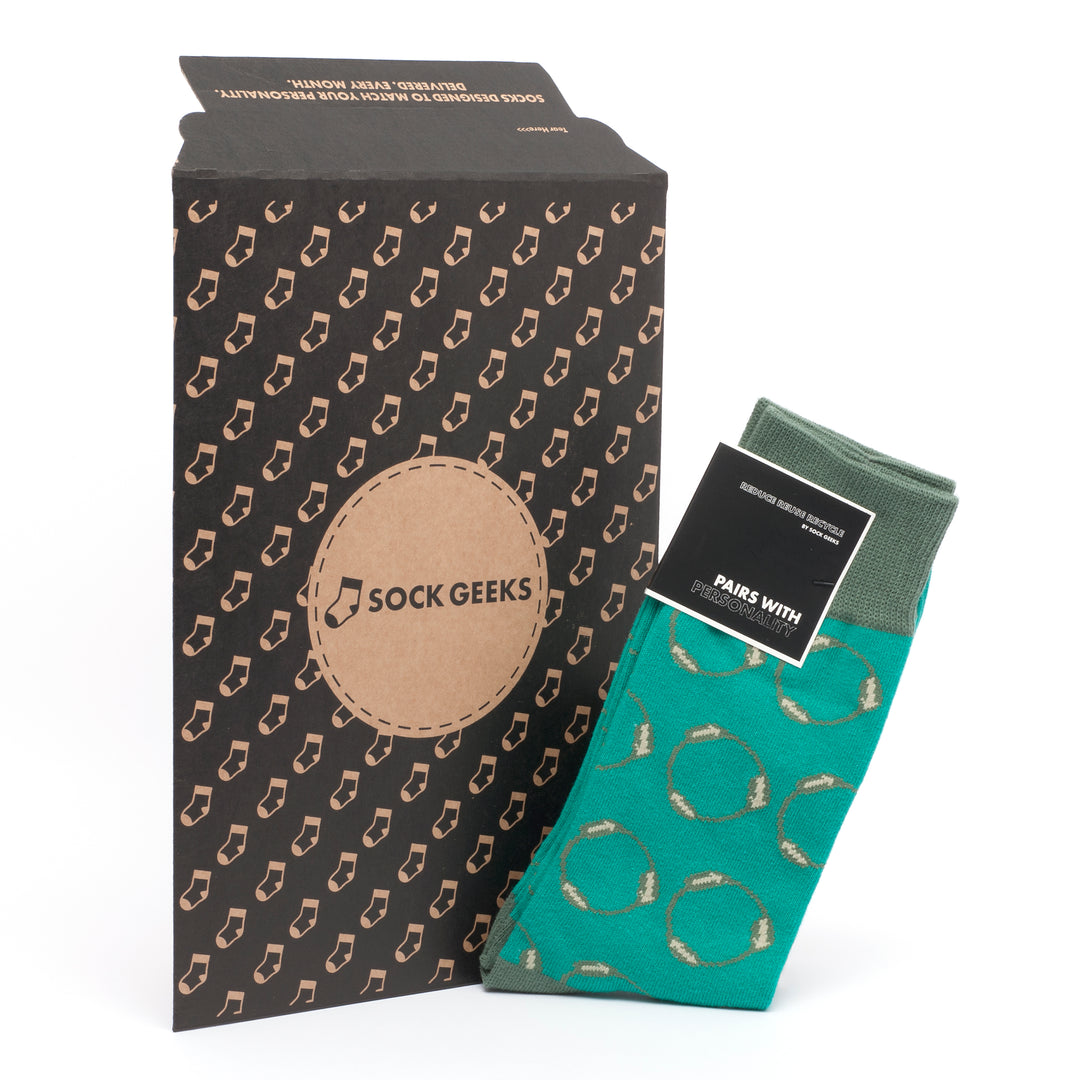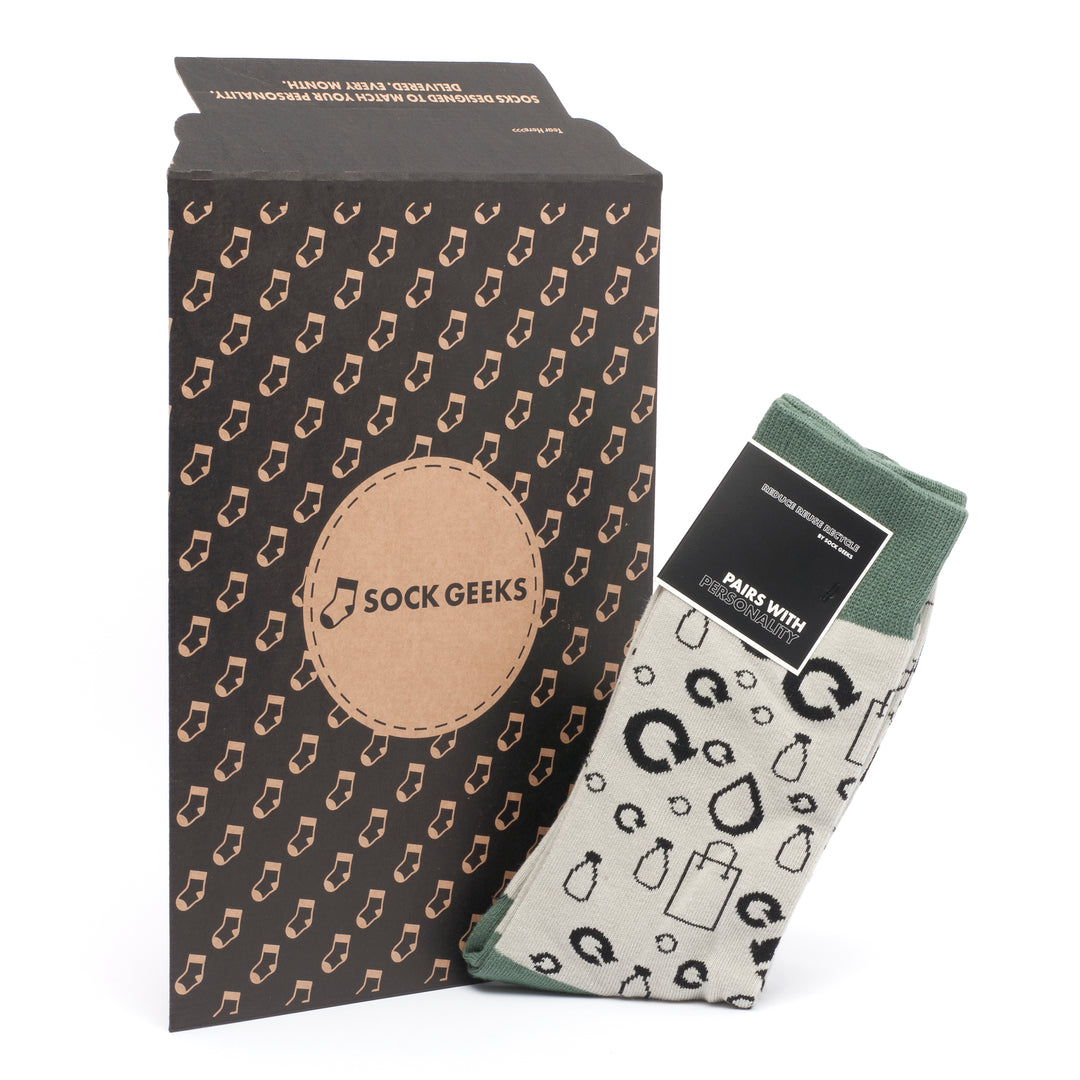Holes in Socks: Preventing & Extending Lifespan
Key Takeaways
- Choose Quality Materials: Opt for socks made from durable materials to reduce the likelihood of developing holes.
- Get the Right Fit: Selecting the correct sock size can help prevent unnecessary friction and wear that lead to holes.
- Wear Appropriate Footwear: Wearing shoes that provide adequate protection can shield your socks from excessive damage.
- Regularly Inspect Socks: Check your socks for signs of wear and tear, addressing any thinning areas promptly to prevent holes.
- Rotate Your Socks: By rotating your socks regularly, you can distribute wear evenly and extend their lifespan.
- Match Activity with Sock Type: Use specific socks for different activities to ensure they can withstand the demands placed on them.
Understanding Sock Material Quality
Durability Check
When selecting socks, identify high-quality materials by focusing on durability and endurance. Look for fabrics known for their strength, such as merino wool or reinforced cotton. Opt for socks made from these materials to ensure long-lasting wear.
Fabric Strength
ks crafted from merino wool offer exceptional durability, making them ideal for everyday use. The natural elasticity of merino wool ensures a snug fit while maintaining shape over time. Merino wool is moisture-wicking, keeping feet dry and comfortable throughout the day.
Reinforced Toes and Heels
To enhance longevity, choose socks with reinforced toes and heels for darning stitches. These foot areas are prone to wear and tear due to friction against shoes. Reinforcements in these key zones prevent premature holes and extend the lifespan of the socks significantly by darning them with a needle and thread.
Causes of Sock Holes
Trim Toenails
Regularly trimming toenails is crucial in preventing damage to socks. Long toenails can snag and tear the fabric.
It's essential to maintain short toenails to avoid unnecessary friction that can lead to holes in your socks.
Avoid Wearing Socks Without Shoes
Mindfully wearing socks without shoes can weaken the fabric due to increased friction against rough surfaces.
When you wear socks without shoes, the constant rubbing against floors or carpets can wear down the material quickly due to thread.
Practice Balanced Steps
To reduce strain on specific areas of your socks, ensure you distribute your weight evenly while walking or standing.
Balanced steps help prevent excessive pressure on certain parts of the sock, extending their longevity.
Selecting the Right Sock Size
Proper Fit
When it comes to quality socks, selecting the right size is crucial in preventing premature wear and tear. Choose sock sizes that are slightly larger than your usual size to avoid excessive stretching, which can lead to holes.
Sizing Guides
Look for socks that come with thickness and size guides to ensure a snug fit without being too tight. These guides help in determining the appropriate sock size based on your shoe size, ensuring optimal comfort and longevity.
Customised Fit
Opt for socks from brands that offer a variety of sizes to cater to different foot shapes and preferences. A more customised fit not only enhances comfort but also reduces the risk of friction-induced holes in the fabric.
Benefits of Proper Sock Sizing:
- Prevents excessive stretching
- Ensures optimal comfort
- Reduces friction-induced wear and tear
Importance of Wearing Shoes
Protecting Socks
Wearing shoes is crucial to protect socks from direct contact with various surfaces. This helps prevent premature wear and tear on the fabric.
Invest in comfortable shoes that fit well to reduce friction and abrasion on your socks. Properly fitting shoes can significantly extend the lifespan of your socks.
Choosing the Right Shoes
Select shoes with soft linings to prevent unnecessary damage to sock material. Soft linings help minimize friction against the fabric, maintaining the quality of your socks.
When walking on rough surfaces, wearing shoes can prevent holes in your socks caused by constant rubbing against abrasive materials.
Preventing Holes in Socks
Quality Socks
Invest in high-quality socks to prevent premature holes. Opt for socks made from durable materials like synthetic fabrics.
Maintaining the integrity of your socks is crucial in preventing holes. Washing your socks inside out can help protect the fabric from abrasion during the washing process.
Proper Care
Air drying your socks after washing is essential to prevent damage caused by high heat in dryers. The heat can weaken the fabric, leading to faster wear and tear.
Rotating your sock collection is a simple yet effective way to reduce wear on specific pairs. By alternating between different socks, you distribute the pressure and friction evenly.
Darning Technique
Darning is a traditional method used to repair holes in socks. It involves using a needle and thread to weave new stitches over the damaged area.
When darning a sock, start by creating a series of parallel running stitches across the hole. Ensure that the stitches are close together to effectively reinforce the weakened fabric.
Patching Method
Another approach to fixing holes in socks is by patching them. Cut a small piece of fabric slightly larger than the hole and place it underneath the damaged area.
Using a needle and thread, carefully stitch around the edges of the hole, securing the patch in place. Make sure to trim any loose ends for a neat finish.
Preventative Measures
To proactively prevent holes in your socks, reinforce high-friction areas with extra stitches during initial mending or when sewing on buttons or patches.
Regularly inspect your socks for signs of wear and address any thinning areas promptly before they develop into full-fledged holes.
Maximising Sock Lifespan
Avoiding Excessive Wear
Rotate your socks regularly to avoid wearing the same pair multiple days in a row. This allows them to recover and reduces wear and tear on specific areas.
Store your socks in a cool, dry place away from direct sunlight. This helps prevent moisture build-up that can weaken the fabric over time.
Promptly Mending Holes
When you spot a small hole in your sock, mend it promptly with a needle and thread. This prevents the hole from enlarging and extends the overall lifespan of the sock.
Inspect your socks regularly for any signs of wear or damage. This proactive approach allows you to address issues early on before they escalate.
Proper Washing and Drying Techniques
Wash your socks inside out to protect the outer surface from abrasion during washing cycles. This helps maintain the integrity of the fabric for longer periods.
Avoid using harsh detergents or bleach when washing your socks as these can weaken the fibres over time. Opt for gentle detergents suitable for delicate fabrics instead.
Choosing Quality Socks
Invest in high-quality socks made from durable materials like cotton, wool, or synthetic blends. Quality socks are less prone to developing holes compared to cheaper alternatives.
Opt for reinforced toes and heels in socks for added durability in these high-friction areas. These reinforcements can significantly extend the lifespan of your socks.
Impact of Activity on Socks
High-Intensity Activities
Engaging in high-intensity activities can significantly impact the durability of your socks. The repetitive movements during exercises like running or hiking can lead to increased wear and tear on the fabric. This can result in premature holes forming in the socks, reducing their lifespan.
Specialised Sports Socks
For activities that involve repetitive movements, it is advisable to choose specialised sports socks. These socks are designed with reinforced materials in specific areas prone to friction and pressure. By opting for these socks, you can enhance durability and prevent holes from developing quickly.
Cushioned Socks
During strenuous activities that put extra pressure on your feet, cushioned socks play a crucial role in protecting your feet and the socks themselves. The additional padding in cushioned socks provides extra comfort and acts as a barrier against excessive friction. This helps reduce the likelihood of holes forming due to intense physical activity.
Simple Ways to Extend Sock Life
Use Sock Clips
k clips are handy tools that help prevent socks from getting lost in the laundry. By securing pairs together before washing, you can avoid the frustration of missing socks after each laundry cycle. These clips also reduce wear and tear caused by excessive tumbling in the washing machine.
Opt for Laundry Bags
Laundry bags provide an additional layer of protection for socks during the wash. They shield delicate fabrics from rough agitation and prevent them from snagging on zippers or buttons of other clothing items. Using laundry bags can significantly extend the lifespan of your socks.
Avoid Harsh Detergents
Bleach and harsh detergents contain chemicals that can weaken sock fibres over time. Instead, opt for gentle detergents specifically formulated for delicate fabrics. These detergents are milder on socks, preserving their elasticity and preventing premature wear and tear.
Embrace Darning Techniques
When faced with minor holes in your socks, don't discard them just yet. Learn basic darning techniques to repair these imperfections and extend the life of your favourite pairs. Darning involves weaving new threads into the damaged area, reinforcing the fabric and preventing further unraveling.
Final Thoughts on Sock Care
Importance of Proactive Sock Care
Taking proactive steps to care for your socks can significantly extend their lifespan and prevent the occurrence of holes. By following simple maintenance routines, you can avoid the frustration of dealing with damaged socks prematurely. Regular inspection and proper washing techniques are key in preserving sock integrity.
Investing in quality socks is crucial for long-term wear. Opting for socks made from durable materials such as merino wool or high-quality cotton can make a notable difference in their longevity. Quality socks not only offer better comfort but also exhibit resistance to wear and tear, reducing the likelihood of developing holes.
Key Tips for Maintaining Sock Integrity
- Wash socks inside out to protect the outer fabric from friction during washing cycles.
- Air-dry your socks instead of using a dryer to prevent excessive heat exposure that can weaken the fabric.
- Avoid using bleach or harsh chemicals when washing your socks as they can deteriorate the fibres over time.
- Store socks flat rather than bunched up to maintain their shape and elasticity, reducing strain on specific areas.
- Rotate your sock collection to distribute wear evenly across all pairs, preventing overuse of individual socks.
Closing Thoughts
Now that you've delved into the intricacies of sock care, you're equipped with the knowledge to extend the lifespan of your socks. By understanding the impact of material quality, size selection, and activity levels on your socks, you can take proactive steps to prevent those pesky holes. Remember, a little attention to detail in choosing the right socks and maintaining them properly can go a long way in keeping your feet comfortable and your socks hole-free.
ext time you put on a pair of socks, think about these simple tips and make them a part of your routine. Your feet will thank you for it! Keep your socks in top condition and say goodbye to premature holes. Your feet deserve the best care possible!
Frequently Asked Questions
What are the main causes of holes in socks?
The main causes of holes in socks are friction from shoes, poor sock material quality, incorrect sock size, and wear and tear over time. Ensuring proper care and maintenance can help prevent these issues.
How can I prevent holes in my socks?
To prevent holes in socks, consider investing in high-quality socks made from durable materials, trim your toenails regularly to avoid snagging the fabric, rotate your socks to reduce wear on specific pairs, and wash them gently to maintain their integrity.
Does the type of activity impact sock lifespan?
Yes, the type of activity you engage in can impact sock lifespan. High-intensity activities like running or hiking may cause more wear and tear on socks compared to everyday wear. Choosing socks designed for specific activities can help prolong their lifespan.
How do I select the right sock size?
Selecting the right sock size is crucial to prevent excess fabric rubbing against your skin or causing discomfort. Refer to sizing charts provided by sock manufacturers and consider factors like foot length and width to ensure a proper fit for optimal comfort and durability.
What are some simple ways to extend the life of my socks?
Simple ways to extend sock life include washing them inside out on a gentle cycle, air-drying instead of using a dryer, storing them flat or rolled instead of bunched up, avoiding harsh chemicals that can weaken fibres, and mending small holes promptly to prevent further damage.




















Leave a comment